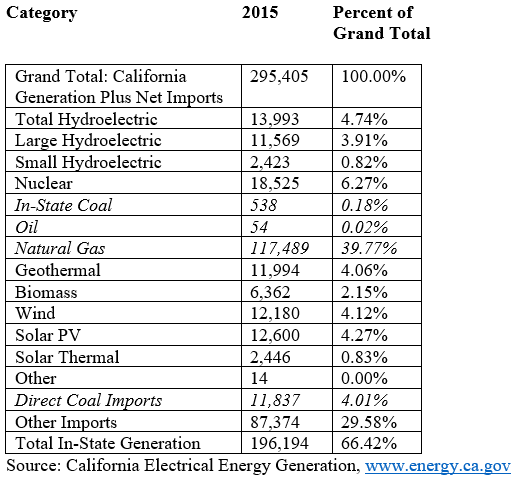California Aims to Produce 100% Renewable Energy by 2045
August 8, 2017
An ambitious bill introduced by California Senate President Kevin de León (D) aims to increase renewable consumption in California over the next few decades. Under the bill, California would produce 60% renewable energy by 2030 and 100% renewable energy by 2045 within its electric grid. California has the largest GDP of any state in the country and its move to produce 100% renewable energy will be noticed by other states. Hawaii already has a measure in place that will require 100% renewable energy by 2045. In addition, Massachusetts is considering a bill that would require 100% renewable energy by 2050. León and Governor Jerry Brown are determined to show the world that California’s energy future will not be dictated by President Trump, who has reversed President Obama’s climate change stance since being inaugurated.
But 100% renewable energy will not be easy. California has the highest population of any state in the country and will require substantial infrastructure to achieve the goal of 100% renewable energy. There are significant costs, hindrances, and downsides associated with this goal. First, California needs to reverse its import trend. It currently imports 33% of its electricity from other states, which is up from 25% in 2010. Second, contrary to popular belief, California produces a lot of oil and natural gas. In 2014, it was the third largest oil and gas producing state in the country, behind only Texas and North Dakota. The bill would limit oil and gas use in production within California’s electricity grids. Moreover, in 2015, 44% of California’s electric generation came from oil, coal, and natural gas:

The state will need to switch that 44% of its energy system and infrastructure, which will be a difficult task. Despite these hurdles, the passing of the 100% renewable energy bill into law would only continue the global trend to transition toward renewable energy, whether the motivation is to combat climate change (like with California) or take advantage of renewable energy as an economic opportunity (like with Texas). No matter the motivation, the transition toward renewable energy in both the country and the world could be buoyed by California’s decision to produce 100% renewable energy within the electric grid by 2045.
